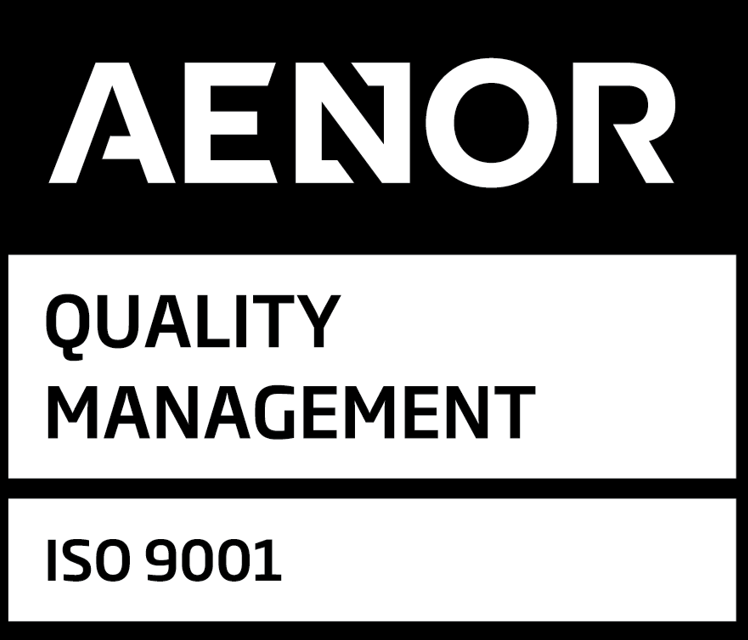
Software, Digital Health & AI Regulatory Expertise That Drives Global Approval
From SaMD classification and IEC 62304 validation to AI-based diagnostics under IVDR/MDR and compliance with the AI Act-MDx CRO delivers the specialized expertise you need for digital health regulatory success.
Specialized Regulatory Support for Digital Innovation
As software transforms healthcare delivery, manufacturers face increasingly complex regulatory challenges across SaMD development, digital health solutions, and AI-driven diagnostics. MDx CRO provides specialized regulatory and clinical expertise to navigate these evolving frameworks-from IEC 62304 compliance and software validation to AI Act risk classification and clinical performance studies.
Our team of software regulatory specialists, former Notified Body reviewers, and digital health experts delivers targeted support for every stage of your digital product lifecycle. Whether you’re developing an AI-based diagnostic algorithm, a mobile health application, or complex SaMD integrated with a physical device, we provide the expertise needed to accelerate regulatory approval while ensuring compliance with MDR, IVDR, FDA, and emerging AI regulations.

Core Software & Digital Health Services
Software as a Medical Device (SaMD) Regulatory Solutions
SaMD Classification & Regulatory Strategy
IEC 62304 Implementation & Compliance
Software Verification & Validation
Cybersecurity Compliance
AI & Machine Learning Regulatory Support
AI-Based Medical Device Compliance
AI Diagnostics under IVDR
Change Management for AI/ML Systems
Digital Health & Mobile Applications
mHealth & Digital Health Applications
Connected Medical Device Systems
Specialized Technical Documentation Services
- Complete MDR/IVDR technical file compilation
- Software development documentation organization
- Algorithm description and performance claims
- Clinical evaluation/performance evaluation for software functions
- FDA submission documentation
- AI Act compliance documentation
- Clinical evaluation planning for software
- Literature-based evidence compilation
- Clinical investigation design for software functions
- User validation studies and protocol development
- Statistical analysis for algorithm performance
- Clinical evidence appraisal for AI-based systems
- Software-specific quality management procedures
- Risk management file development (ISO 14971)
- Software verification and validation SOPs
- Release procedures for software medical devices
- Configuration management procedures
- Design control for software development
| Capability |
|---|
| Software Classification Expertise |
| AI Act Compliance |
| Integrated Regulatory & Clinical Approach |
| Clinical Validation for Software |
| IEC 62304 Documentation |
| Cybersecurity Integration |
| Software Change Management |
| MDx CRO | Typical Consultants |
|---|---|
Our SaMD & Digital Health Approach
- Software qualification and classification determination
- Regulatory pathway identification
- Gap analysis against relevant standards
- Documentation structure and development plan
- Clinical evidence strategy
- Verification and validation planning
- Technical documentation development
- Software verification and validation
- Usability engineering and risk management
- Clinical evaluation for software functionality
- User validation studies
- Performance analysis for AI algorithms
- Technical file compilation
- Notified Body/FDA interaction support
- Response management and follow-up

Frequently Asked Questions
Ask us a Question-
How are software applications classified under MDR and IVDR?
Under MDR and IVDR, software classification is determined through a comprehensive assessment that considers the software’s intended purpose, functionality, and clinical impact, guided by the latest MDCG guidance documents. For MDR, Rule 11 applies primarily, classifying software into Class I, IIa, IIb, or III based on risk, especially when the software provides diagnostic or therapeutic decision support that could cause serious or irreversible harm. For IVDR, multiple rules may apply—such as Rule 1 for high-risk infectious disease software (Class D), Rule 2 for blood and life-threatening conditions (Classes C or D), and Rule 3 for genetic testing and companion diagnostics (mainly Class C)—with the classification depending on the specific use, influence on the device, and the risk posed to patients or public health. Our assessments incorporate these rules, along with MDCG guidance (2019-11, 2021-24, 2019-16, and 2023-1), ensuring accurate classification and the appropriate regulatory pathway.
-
What documentation is required for IEC 62304 compliance?
IEC 62304 documentation includes software development plans, risk management files, architecture and detailed design documentation, verification and validation protocols/reports, problem resolution documentation, and software configuration management plans. The exact documentation depends on your software safety classification (A, B, or C). MDx provides complete documentation templates and development support tailored to your software’s specific risk class.
-
How do we validate AI/ML algorithms for regulatory approval?
AI/ML algorithm validation requires demonstrating performance, robustness, and safety through comprehensive testing with diverse datasets, clear performance metrics, and risk mitigation strategies. For regulatory approval, you need documentation of the algorithm design, training data characteristics, performance metrics, limitations, and clinical validation evidence. MDx develops custom validation protocols specific to AI technologies that satisfy both current regulatory requirements and emerging AI regulations.
-
How does the EU AI Act affect medical software development?
The EU AI Act introduces risk-based classifications and requirements for AI systems, with medical AI often falling into “high-risk” categories requiring robust risk management, data governance, and transparency measures. While harmonization with MDR/IVDR is ongoing, manufacturers need to prepare for additional documentation, testing, and post-market monitoring specific to AI components. MDx provides gap assessments and compliance strategies to align your development processes with both medical device regulations and the AI Act.
-
What clinical evidence is required for SaMD approval?
Clinical evidence requirements for SaMD depend on its classification and claims but typically include demonstration of clinical performance (IVDR) or clinical benefit (MDR), performance in the target population, and safety in clinical use. This may involve literature reviews, analytical validation, clinical performance studies, and/or real-world performance data. MDx designs targeted clinical evidence strategies that align with your software’s specific regulatory pathway and risk classification.
-
How do you manage post-market surveillance for software that undergoes frequent updates?
Post-market surveillance for frequently updated software requires a robust change management process, clear documentation of version changes, significance assessments for each update, continuous performance monitoring, and regular safety reporting. MDx develops comprehensive PMS plans specific to software products, including criteria for determining when updates require regulatory notification or new conformity assessment.

Expert Software Regulatory Solutions for Digital Health Innovation
Whether you’re developing AI-driven diagnostics, mobile health applications, or complex SaMD systems, MDx delivers the specialized regulatory expertise you need for global market access and compliance.
Navigate Digital Innovation. Achieve Regulatory Success.


